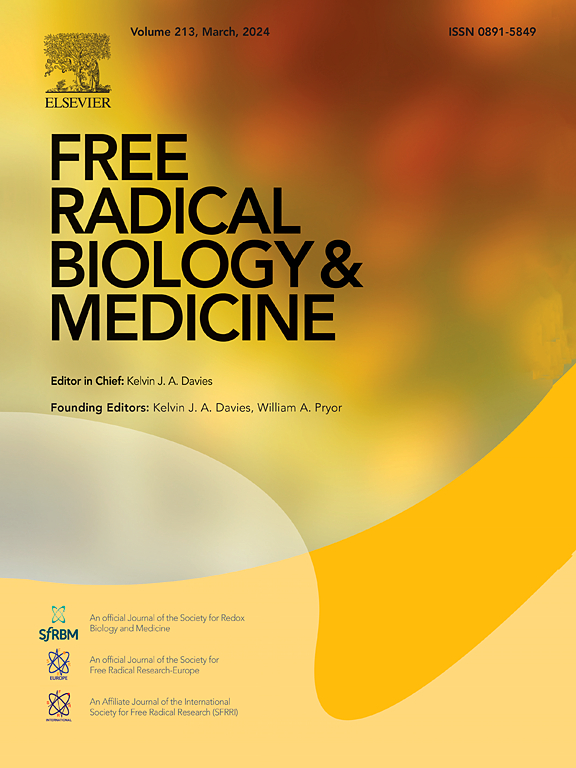Alpha-aminobutyric acid administration suppressed visceral obesity and modulated hepatic oxidized PUFA metabolism via gut microbiota modulation
IF 7.1
2区 生物学
Q1 BIOCHEMISTRY & MOLECULAR BIOLOGY
引用次数: 0
Abstract
Background
High-fat diet (HFD) is associated with visceral obesity due to disruption in the lipid metabolism and gut dysbiosis. These symptoms may contribute to hepatic steatosis and the formation of oxidized polyunsaturated fatty acids (PUFAs). Alpha-aminobutyric acid (ABA) is an amino-acid derived metabolite, and its concentration has been correlated with several metabolic conditions and gut microbiome diversity while its direct effects on visceral obesity, lipid metabolism and the gut microbiota are not well understood. This study was designed to investigate the effect of physiological dose of ABA on diet-induced visceral obesity and lipid metabolism dysregulation by examining the fatty acids and oxidized PUFAs profile in the liver as well as the gut microbiota.
Results
ABA administration reduced visceral obesity by 28 % and lessened adipocyte hypertrophy. The expression of liver Cd36 was lowered by more than 50 % as well as the saturated and monounsaturated FA concentration. Notably, the desaturation index for C16 and C18 FAs that are correlated with adiposity were reduced. The concentration of several DHA-derived oxidized PUFAs were also enhanced. Faecal metagenomics sequencing revealed enriched abundance of Leptogranulimonas caecicola and Bacteroides sp. ZJ-18 and were positively correlated with several DHA- and ALA-derived oxidized PUFAs in ABA group.
Conclusion
Our study revealed the modulatory effect of physiological dose of ABA on attenuating visceral obesity, reducing hepatic steatosis, and promoting the production of anti-inflammatory oxidized PUFAs that were potentially mediated by the gut microbiota.

求助全文
约1分钟内获得全文
求助全文
来源期刊

Free Radical Biology and Medicine
医学-内分泌学与代谢
CiteScore
14.00
自引率
4.10%
发文量
850
审稿时长
22 days
期刊介绍:
Free Radical Biology and Medicine is a leading journal in the field of redox biology, which is the study of the role of reactive oxygen species (ROS) and other oxidizing agents in biological systems. The journal serves as a premier forum for publishing innovative and groundbreaking research that explores the redox biology of health and disease, covering a wide range of topics and disciplines. Free Radical Biology and Medicine also commissions Special Issues that highlight recent advances in both basic and clinical research, with a particular emphasis on the mechanisms underlying altered metabolism and redox signaling. These Special Issues aim to provide a focused platform for the latest research in the field, fostering collaboration and knowledge exchange among researchers and clinicians.
 求助内容:
求助内容: 应助结果提醒方式:
应助结果提醒方式:


